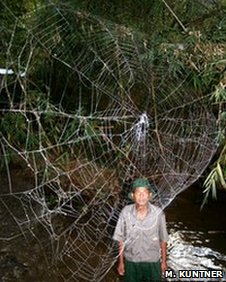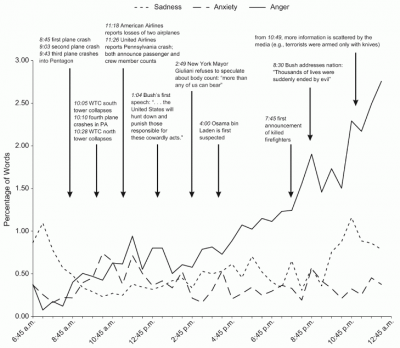You can read more here. Personally, I find it difficult to even attempt to comprehend the numbers being used here - but Carl Sagan's Cosmic Calendar is a helpful visualization of astronomical time-spans like 13 billion years.The Hubble Space Telescope has detected what scientists believe may be the oldest galaxy ever observed.
It is thought the galaxy is more than 13 billion years old and existed 480 million years after the Big Bang.
An international team says this was a period when galaxy formation in the early Universe was in "overdrive".
The image, which has been published in Nature journal, was detected using Hubble's recently installed wide field camera.








Recent Comments
Alec Defosses :
:
Good read. I saved the page for future visit. read moreShakira Furci :
:
Incredibly interesting piece of content. I was in search of read moreRitts :
:
Your site is amazing. I wonder just how do you read moreMeda Kiner :
:
I found your blog in the "Trackback" section of another read moreGale Mady :
:
The integration of bears into a godly American holiday read moreB. Samuel :
:
This information on how earth worms behave is very fascinating. read more